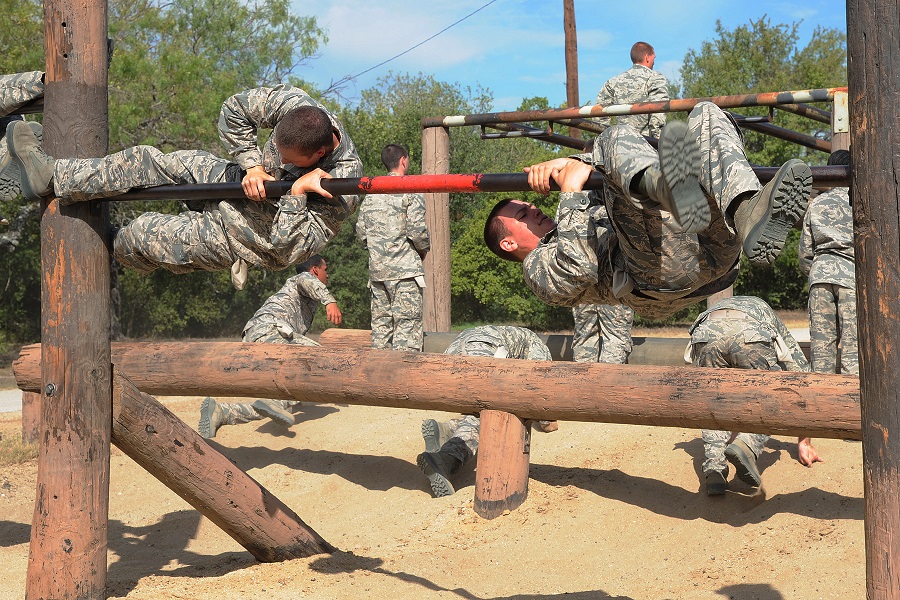This post is also available in:
 עברית (Hebrew)
עברית (Hebrew)
The screening process for the US Air Force’s elite Special Warfare troops is highly selective, and the training course candidates face a gantlet of unforgiving qualification courses with infamously high wash-out rates. A Rand report from May 2018 found that the attrition rate during the initial Special Warfare assessment and selection course hovers at roughly 75 percent.
One of the technologies the US Air Force uses in order to solve this problem is big data, turning the most cutting-edge sports technology into a screening tool.
Over eight weeks, the 350th Special Warfare Training Squadron in Lackland will use big data, video analysis, wearable sensors, and extreme exercise to teach air-men how to optimize their bodies like machines.
Moreover, one of the Rand report’s key takeaways was that many airmen did not understand the challenge they faced. They prepared for the minimum standards instead of planning to go far beyond them.
Most trainees will be scanned twice: once at the start of training and once at the end to compare results. If the trainees hope to get through the course, dramatic improvement is required.
During every run and workout, a wearable puck sensor captures 40 different streams of data, constantly recording the stress in a trainee’s body to empirically show if they are giving full effort. Staff say they must know where the trainees’ physical and mental performance limits are so they can safely push past them.
Big data has many applications in the military and security sectors. You can hear about them and more at the iHLS Big Data for Security Conference & Exhibition:
Register
Booth/sponsorship: [email protected] +972-54-6742036 +972-74-7451370


























